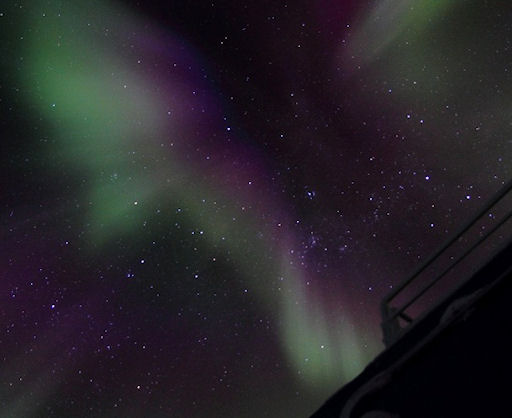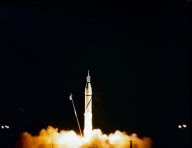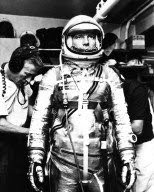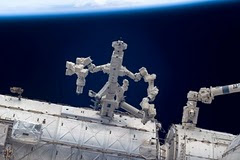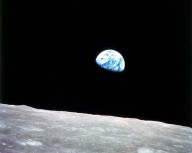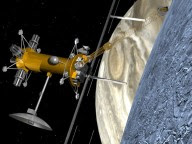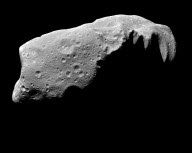NASA is taking part in the celebration of Earth Day's 42nd anniversary on the National Mall in Washington from April 20 through April 22. The agency's involvement includes three consecutive days of activities and exhibits open to the public. Additional activities are scheduled at nearby NASA Goddard Space Flight Center in Greenbelt, Md.
The "NASA Village" on the National Mall will contain activities and exhibits in three tents that highlight the use of NASA science and technology to advance knowledge and awareness of our home planet. The area is located one block west of 12th Street and the Smithsonian Metro station entrance.
The Earth and Activities tents will host exhibits and hands-on demonstrations throughout the weekend. Activities include the Weather Versus Climate game, a "Go Green" environment challenge, and Earth Science Pursuit. The Green Theater will feature large satellite images and presentations by NASA scientists and others.
On Earth Day, April 22, a performance stage hosted by the Earth Day Network will feature presentations by NASA along with a wide variety of entertainment.
Below is a schedule of NASA Earth Day events on the Mall.
Friday, April 20
11 a.m. - 3 p.m. EDT -- NASA Village: Presentations in Green Theater, demonstrations and activities for students. Topics include: satellite imagery, ozone, forests, water, auroras, atmosphere, shrinking sea ice, dust, pollution and severe storms.
Saturday, April 21
12 - 5 p.m. EDT -- NASA Village open to the public. Demos and exhibitions in all three tents.
1 - 2 p.m. EDT -- NASA UStream broadcast in the Green Theater: featuring scientists talking about how NASA helps us see and understand Earth in new ways.
Sunday, April 22
12 – 7 p.m. EDT -- Official Earth Day activities
11 a.m. - 5 p.m. EDT -- NASA Village open to the public
NASA will also be hosting the following Earth Day activities at the Goddard Space Flight Center Visitor Center:
Wednesday, April 18
12 - 1 p.m. EDT -- "The Next Generation Blue Marble from Suomi NPP," Robert Simmon, NASA Earth Observatory
1 - 2 p.m. EDT -- Digital Learning Network presentation: "Beautiful Earth Multimedia Performance and Science Dialogue." Kenji Williams, Jim Rock and Thorsten Markus present a multimedia and musical online performance: http://www.dln.nasa.gov







